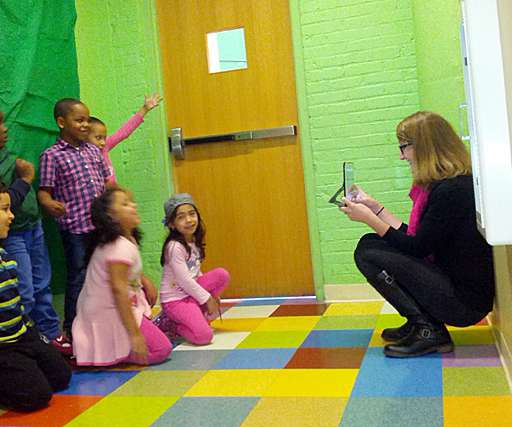8 Types of Blended Learning According to Research
The CoolCatTeacher
FEBRUARY 12, 2016
Design Your Classroom for Maximum Learning From the Cool Cat Teacher Blog by Vicki Davis Follow @coolcatteacher on Twitter. Blended learning happens when you mix the face to face classroom with online learning. While flipped classroom is a form of blended learning, it is not the only one.















Let's personalize your content